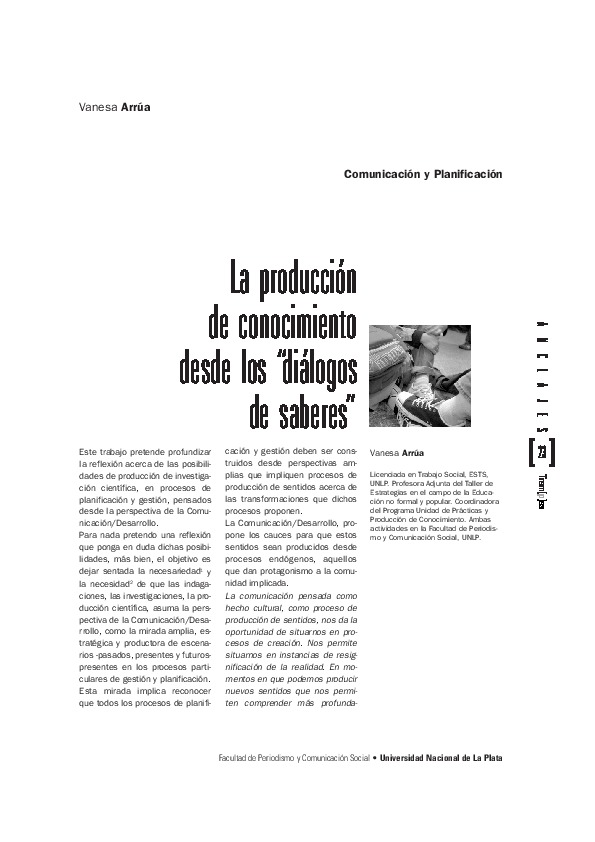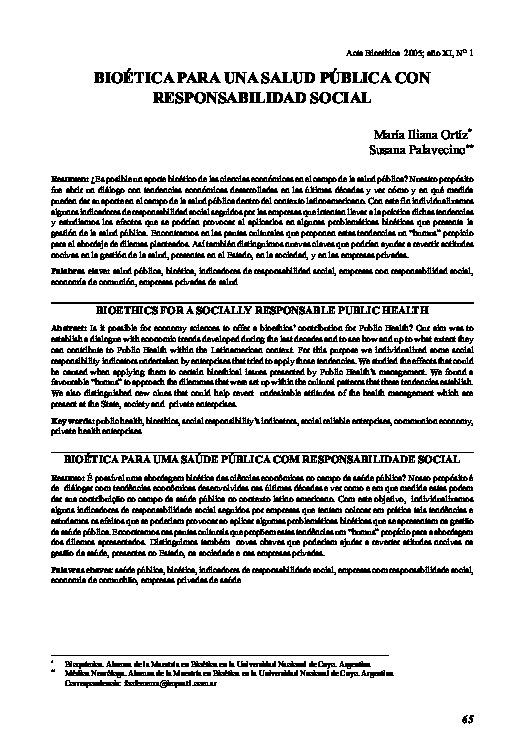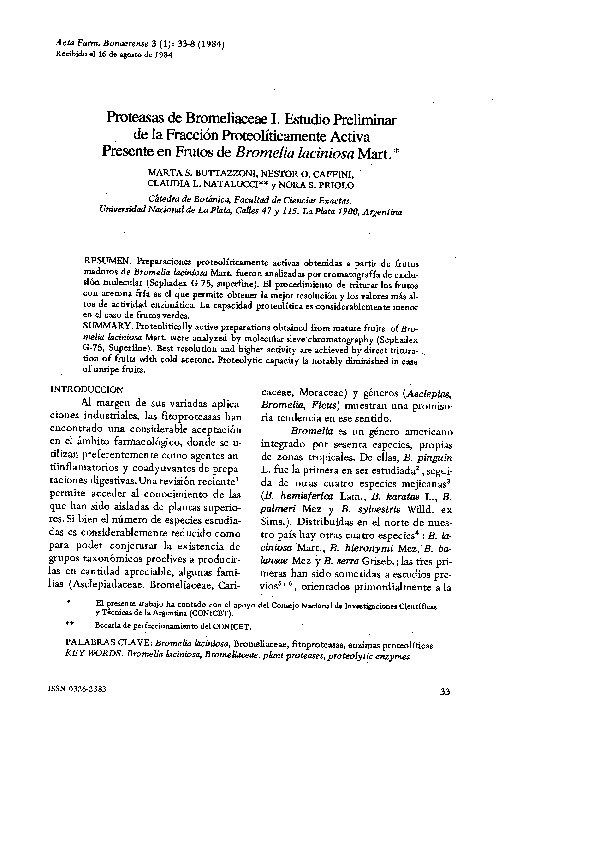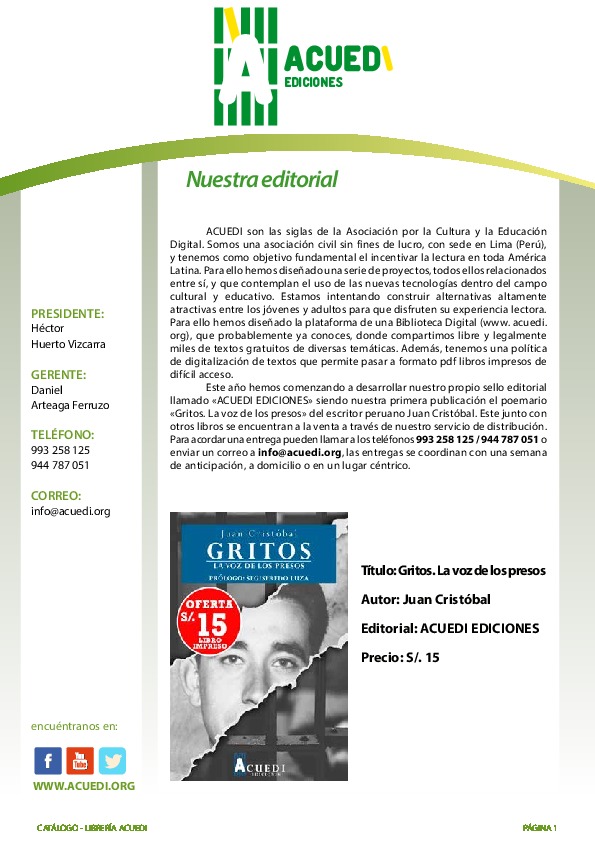Textos
Texto
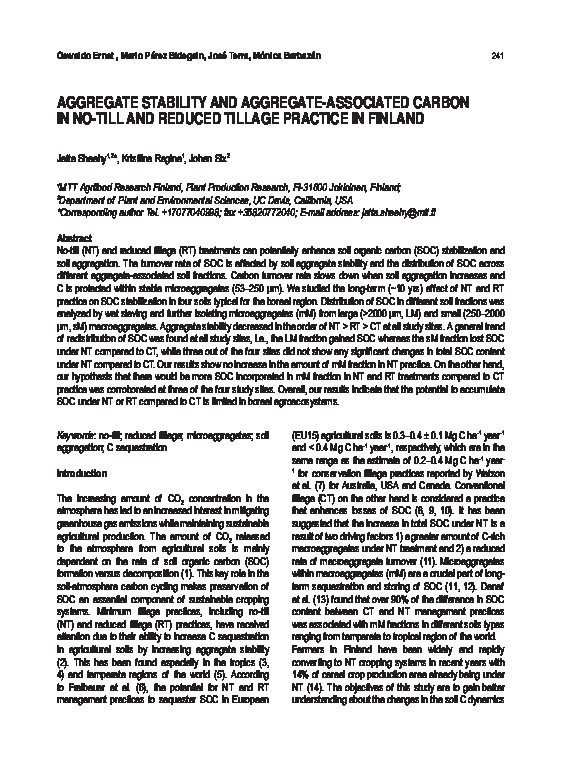
Aggregate stability and aggregate-associated carbon in no-till and reduced tillage practice in Finland
Descripción
No-till (NT) and reduced tillage (RT) treatments can potentially enhance soil organic carbon (SOC) stabilization and soil aggregation. The turnover rate of SOC is affected by soil aggregate stability and the distribution of SOC across different aggregate-associated soil fractions. Carbon turnover rate slows down when soil aggregation increases and C is protected within stable microaggregates (53–250 μm). We studied the long-term (~10 yrs) effect of NT and RT practice on SOC stabilization in four soils typical for the boreal region. Distribution of SOC in different soil fractions was analyzed by wet sieving and further isolating microaggregates (mM) from large (>2000 μm, LM) and small (250–2000 μm, sM) macroaggregates. Aggregate stability decreased in the order of NT > RT > CT at all study sites. A general trend of redistribution of SOC was found at all study sites, i.e., the LM fraction gained SOC whereas the sM fraction lost SOC under NT compared to CT, while three out of the four sites did not show any signifi cant changes in total SOC content under NT compared to CT. Our results show no increase in the amount of mM fraction in NT practice. On the other hand, our hypothesis that there would be more SOC incorporated in mM fraction in NT and RT treatments compared to CT practice was corroborated at three of the four study sites. Overall, our results indicate that the potential to accumulate SOC under NT or RT compared to CT is limited in boreal agroecosystems.
Sheehy, J., Regina, K. & Six, J. (2012) Aggregate stability and aggregate-associated carbon in no-till and reduced tillage practice in Finland. Agrociencia, 16(3), pp. 241-247.
Categorias:
Colecciones:
Recuerda
La cultura y la educación necesitan de tu apoyo activo.
Información del autor
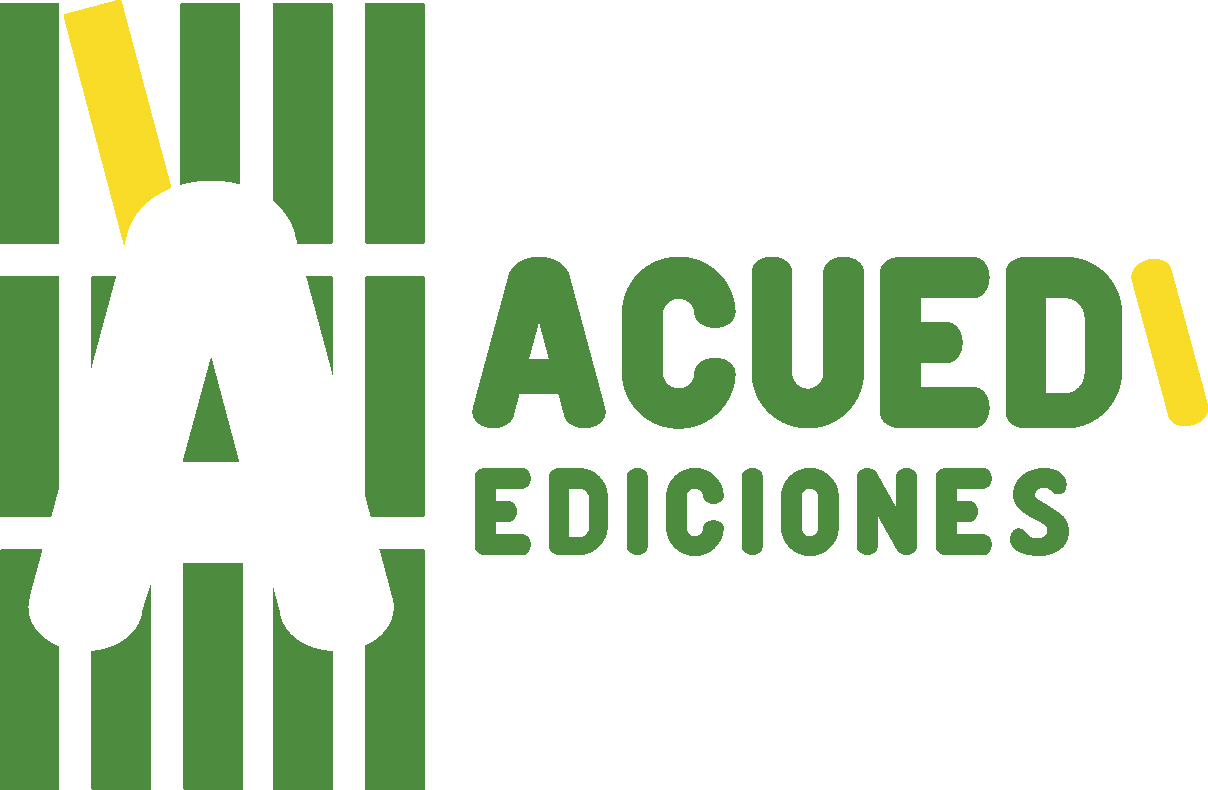
ACUEDI
ACUEDI son las siglas de la Asociación por la Cultura y Educación Digital. Somos una asociación civil sin fines de lucro, con sede en Lima (Perú), fundada en noviembre del 2011. Nuestro principal objetivo es incentivar la lectura y la investigación académica, especialmente dentro de espacios digitales. Para ello hemos diseñado una serie de proyectos, todos ellos relacionados entre sí. Este es nuestro proyecto principal, nuestra Biblioteca DIgital ACUEDI que tiene hasta el momento más de 12 mil textos de acceso gratuito. Como tenemos que financiar este proyecto de algún modo, ya que solo contamos con el apoyo constante y desinteresado de la Fundación M.J. Bustamante de la Fuente, hemos creado otros proyectos como ACUEDI Ediciones, donde publicamos libros impresos y digitales, y la Librería ACUEDI, donde vendemos libros nuestros y de editoriales amigas ya sea mediante redes sociales, mediante esta plataforma, en eventos o en ferias de libros.ACUEDI
